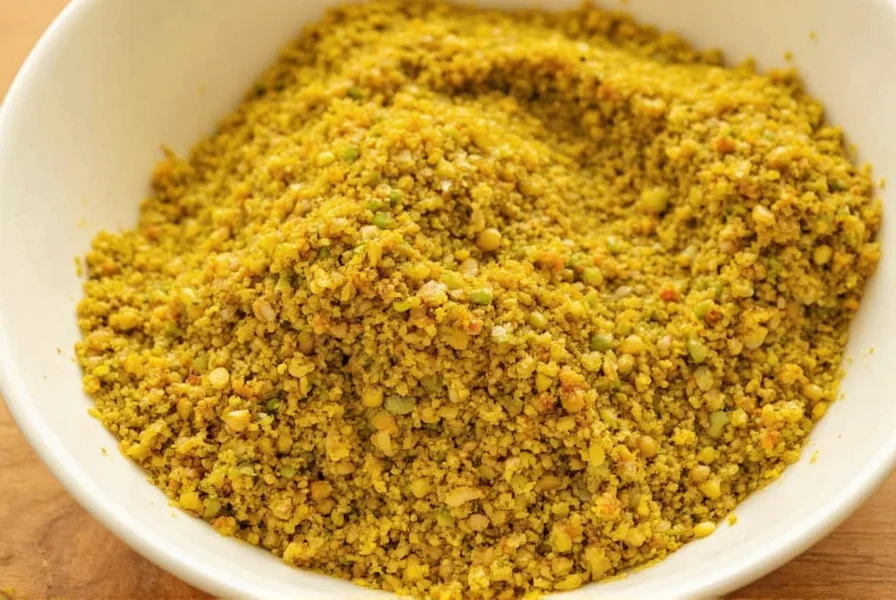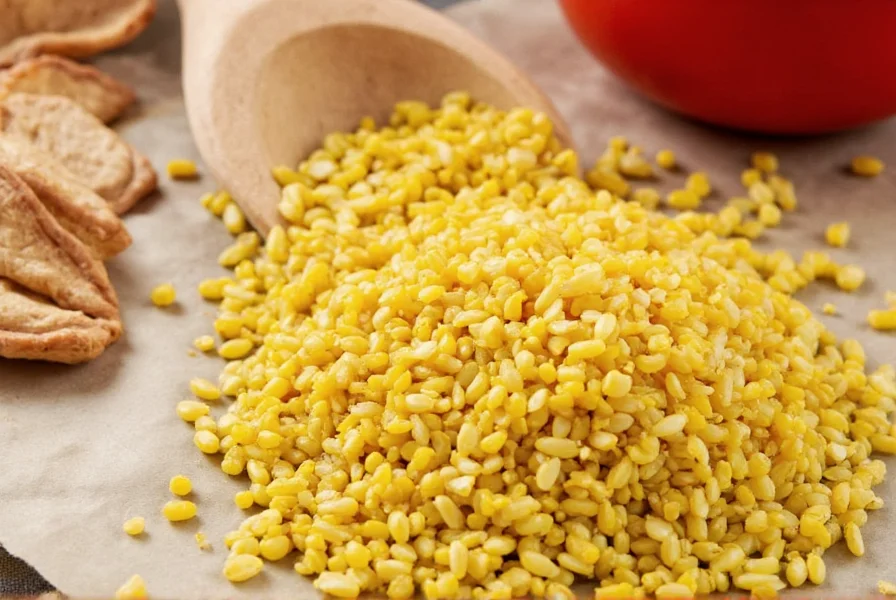Fenugreek transforms ordinary meals into aromatic culinary experiences. This ancient herb, cultivated for over 4,000 years, appears in two primary forms in modern kitchens: small amber-colored seeds and dried yellowish-green leaves. Understanding how to properly prepare both forms unlocks their full potential without overwhelming dishes with bitterness. When toasted correctly, fenugreek seeds develop warm, nutty undertones reminiscent of burnt sugar, while dried leaves impart subtle celery-like notes that deepen stews and breads.
Understanding Fenugreek Varieties
Fenugreek appears in three main culinary forms, each requiring different handling techniques:
| Type | Flavor Profile | Best Uses | Preparation Tip |
|---|---|---|---|
| Fresh Fenugreek Leaves | Bitter, herbaceous | Stir-fries, parathas | Sauté with onions to mellow bitterness |
| Dried Fenugreek Leaves (Kasuri Methi) | Earthy, celery-like | Curries, dals, marinades | Crumble between palms before adding |
| Fenugreek Seeds | Bitter, maple-like when toasted | Spice blends, pickles, breads | Dry roast 2-3 minutes until golden |
Mastering Fenugreek Preparation
Improper preparation causes fenugreek's notorious bitterness. Follow these professional techniques to maximize flavor:
For seeds: Always dry roast in a skillet over medium heat for 2-3 minutes until golden brown and fragrant. The transformation from bitter to nutty happens quickly—remove from heat the moment they darken. Cool completely before grinding. This technique creates authentic authentic Indian fenugreek recipes with balanced flavor.
For dried leaves: Store in an airtight container away from light. Before use, rub between your palms to release essential oils—this simple action dramatically improves flavor distribution in traditional fenugreek dishes. Add during the last 10 minutes of cooking to preserve aroma.

Classic Fenugreek Recipes
1. Methi Chicken (Indian Fenugreek Curry)
This North Indian specialty balances fenugreek's bitterness with creamy tomato sauce. Serves 4.
Ingredients:
• 1.5 lbs chicken thighs
• 2 tbsp toasted fenugreek seeds (ground)
• 1 cup dried fenugreek leaves
• 2 onions, finely chopped
• 3 tomatoes, pureed
• 1 tbsp ginger-garlic paste
• 1 cup yogurt
• 2 green chilies
• 2 tsp garam masala
Method:
1. Brown chicken in oil, set aside
2. Sauté onions until golden, add ginger-garlic paste and green chilies
3. Stir in tomato puree and cook 10 minutes until oil separates
4. Add ground fenugreek seeds and garam masala
5. Return chicken to pan, simmer 20 minutes
6. Stir in yogurt and dried fenugreek leaves, cook 5 more minutes
7. Rest 15 minutes before serving with naan
2. Kasuri Methi Paratha (Fenugreek Flatbread)
These aromatic flatbreads showcase dried fenugreek leaves beautifully. Makes 8 parathas.
Ingredients:
• 2 cups whole wheat flour
• 3 tbsp dried fenugreek leaves
• 1 tsp ajwain (carom seeds)
• 2 tbsp yogurt
• 2 tbsp oil
• Water as needed
Method:
1. Mix flour, fenugreek leaves, and ajwain
2. Add yogurt and oil, knead soft dough
3. Divide into 8 balls, roll thin
4. Cook on hot tava with oil until golden spots appear
5. Serve hot with raita or pickle

Fenugreek Substitution Guide
When you can't find fenugreek, these alternatives work for easy fenugreek recipes at home:
- For seeds: Equal parts celery seeds + a pinch of maple syrup (for sweet dishes)
- For dried leaves: 1 tsp dried celery leaves + ¼ tsp dried parsley
- For fresh leaves: Spinach + 1 tsp lemon zest (simmered longer)
Remember: Substitutes never perfectly replicate fenugreek's unique profile. For authentic methi recipes for beginners, seek out Indian grocery stores where whole fenugreek seeds cost under $2 per pound.
Health Benefits in Context
While primarily used for flavor, fenugreek contains compounds studied for potential benefits. One tablespoon of seeds provides 35 calories, 3g fiber, and notable iron and magnesium. Research suggests fenugreek may support healthy blood sugar metabolism when consumed regularly as part of balanced diets—though health benefits of cooking with fenugreek should never replace medical advice.
Frequently Asked Questions
How do I reduce fenugreek's bitterness in recipes?
Toast seeds until golden (not brown), use dried leaves sparingly (1-2 tsp per dish), and always balance with sweet elements like tomatoes or a pinch of sugar. In fenugreek leaf curry recipe development, professional chefs add fenugreek late in cooking to preserve flavor without bitterness.
Can I substitute fresh fenugreek for dried leaves?
Yes—use three times the amount of fresh leaves compared to dried. For example, if a recipe calls for 1 tsp dried fenugreek leaves, use 1 tablespoon fresh. Sauté fresh leaves with onions to mellow their stronger bitterness before adding other ingredients in traditional fenugreek dishes.
How should I store fenugreek seeds long-term?
Keep in an airtight container away from light and heat. Properly stored fenugreek seeds maintain flavor for 1-2 years. For extended freshness, refrigerate after opening. Never store near strong-smelling spices as fenugreek readily absorbs odors that affect authentic Indian fenugreek recipes.
What dishes pair best with fenugreek flavor?
Fenugreek complements tomato-based sauces, lentils, and hearty vegetables like potatoes and eggplant. It's essential in Indian pickles, Middle Eastern hilbeh (fenugreek paste), and Ethiopian niter kibbeh (spiced butter). In how to cook with fenugreek seeds applications, it enhances meat marinades when combined with yogurt.
Why does my fenugreek taste bitter even when toasted?
Over-toasting causes bitterness—remove seeds from heat when they turn golden, not brown. Old or improperly stored fenugreek also develops unpleasant bitterness. For easy fenugreek recipes at home, buy small quantities from stores with high turnover. Fresh fenugreek seeds should have a sweet, maple-like aroma when crushed.











 浙公网安备
33010002000092号
浙公网安备
33010002000092号 浙B2-20120091-4
浙B2-20120091-4